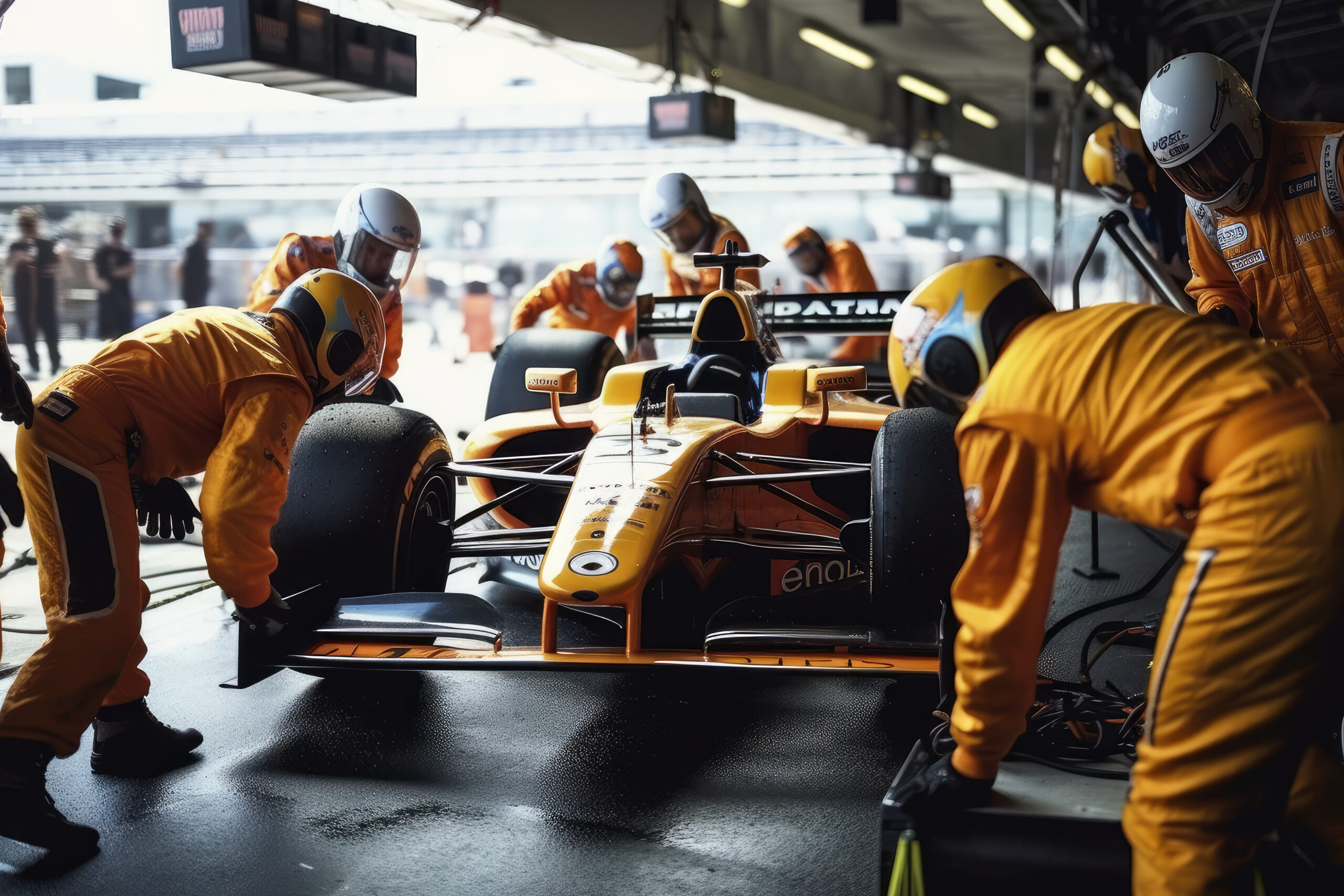key takeaways
- The pit crew model in resuscitation features a dedicated Code Blue team with specialized roles, in-depth training, and a well-coordinated response.
- Potential benefits of pit crew training include improved teamwork and CPR quality.
- The model requires a significant investment in time and resources and may not be realistic to implement at every hospital.
When resuscitation specialists talk about Code Blue training, they often liken code teams to a Formula 1 pit crew. And it’s a fitting comparison: Since responders have mere seconds to complete high-priority tasks during an emergency, it’s only logical for hospitals to equip themselves with a well-trained team and highly specialized roles.
In an ideal world, every member of a Code Blue team would be highly trained and ready to execute their specific role with maximum efficiency — driving down response time and securing optimal outcomes.
But how realistic is it in practice? That’s the question we’ll explore in this article. Keep reading as we take a closer look at the research on pit crew training in resuscitation, evaluate the pros and cons, and help your hospital make an informed decision about whether to adopt this approach.
What does pit crew training for resuscitation look like?
In cardiac arrest, the pit crew model features a dedicated resuscitation team where each member of the team is trained in depth to perform a specific role. In addition to intensive role training, the team also trains together as a group to communicate and work together seamlessly.
While the specific roles may vary depending on the hospital, hallmarks of the pit crew model in resuscitation include:
- Specialized roles
- In-depth training
- Highly efficient, well-choreographed team response
Benefits of the pit crew model
Recent studies have highlighted some of the potential benefits of a pit crew model. For example:
A study published in 20191 focused on a hospital that introduced the pit crew approach through computer-based modules and lectures, incorporated it into Advanced Cardiac Life Support (ACLS) training, and reinforced the training in mock code events. The hospital then compared data before and after pit crew implementation. Results were promising:
- Statistically significant findings included improvements in compression rates and team communication.1
- Additional findings (not statistically significant) included: decreased number of shockable rhythms that were not defibrillated, decrease in average time to shock, and increase in overall survival to discharge.1
In another study published in 2022,2 results were more mixed but still included some positive takeaways. This study grouped medical students into small teams to examine whether incorporating pit crew training into Advanced Life Support (ALS) education improved skill retention. Some teams received standard ALS training only, while others received ALS plus pit crew training (i.e., training on the roles and tasks of each participant on the team). The groups were then video recorded and evaluated after the training and at a 6-month follow-up.
The authors found no difference in overall ALS performance, but concluded that the pit crew training model could help to improve certain ALS skills, like chest compression quality.2 They noted that the improvement in chest compression quality was minor, but considering how crucial this aspect of cardiopulmonary resuscitation (CPR) is, stated that any improvement in this area could be pivotal.2
Drawbacks of the pit crew model
Time and resource intensive
In the 2019 study mentioned above, the pit crew model was embedded in the hospital’s training (both in ACLS training and mock codes), eventually becoming part of the culture and mentality at that institution. But it takes time and resources to do this successfully. And while it worked well at the hospital featured in the study, it may not be reproducible everywhere.
Dependent on staff availability & consistency
Since pit crew teams are highly specialized and require in-depth individual and team training, it helps if hospitals have consistency in teams and staffing. But with many hospitals grappling with the current healthcare staffing crisis and its associated challenges (e.g., high turnover, burnout), this kind of team structure and training may not be sustainable.
Not realistic at all hospitals
Because of the time- and resource-intensive nature of pit crew training, it’s often better suited for larger hospitals. It may be more challenging to implement in smaller hospitals that have access to fewer resources or face high staffing turnover and other challenges.
The bottom line
Pit crew training for resuscitation can be beneficial, but it’s not for every hospital. Here are a few key takeaways for your hospital to consider:
- Pit crew training for resuscitation makes sense in theory, but may be challenging to execute in practice. While some studies demonstrate benefits of the approach — such as improvements in team communication and CPR quality — hospitals should know the time and resources required to make it a success. Any hospital that considers this model needs to weigh the potential benefits against the costs and practicality of implementation.
- Someday, the inclusion of augmented reality in resuscitation training may help to bridge the gap between theory and practice when it comes to pit crew training.
- Until then, hospitals that can’t support this model will need to rely on less specialized, more decentralized teams. The good news? These teams can still benefit from regular training and implementation of resuscitation best practices to strengthen their teams: strategies like mock codes, regular debriefing, and frequent feedback.
RELATED ARTICLES
Keep learning
Next, read our article for tips on building the best resuscitation team at your hospital.
Sources
-
Spitzer CR, Evans K, Buehler J, et al (2019). Code blue pit crew model: A novel approach to in-hospital cardiac arrest resuscitation. Resuscitation, 143, 158–164. https://doi.org/10.1016/j.resuscitation.2019.06.290
-
Peltonen V, Peltonen L, Rantanen M, et al (2022). Randomized controlled trial comparing pit crew resuscitation model against standard advanced life support training. Journal of the American College of Emergency Physicians Open, 3(3). https://doi.org/10.1002/emp2.12721





